Fuelled by a dream at the age of seven, Binod ‘Dulu’ Bora’s unwavering commitment to the cause of wildlife conservation has given thousands of birds, animals and reptiles another chance to live.
Binod ‘Dulu’ Borah was born in Chapanalla, a village close to the Karbi foothills of the Nagaon district in Assam. He vividly recalls that his connect with nature and wildlife began with a dream he had when he was 7.
In it, an elephant calf was frolicking around, but abruptly fell into an open well. Strangely enough, the well was located in a plot which belonged to his neighbour, Naren Tanti.
Dulu woke up with a start and narrated the dream to his father and relatives. He was confident that the incident had taken place, but no one believed him.
A few hours later, everyone who had dismissed Dulu, would be shocked to find that an elephant calf had indeed fallen in a well which belonged to his neighbour, Tanti!
The incident had a profound impact on the young boy and would eventually, even determine his choice of career.
In conversation, Dulu shares that his first active rescue effort took place when he was 14.
“I had noticed wild birds, turtles and small mammals in the weekly market near my village, and they would eventually be sold as bush meat. So, I’d keep coming up with ways to purchase them and set them free. Sometimes, I would even take money from my elder brothers without asking,” he recalls.
Five years later, Dulu became associated with Green Guard Nature Organization (GGNO), a grassroots organisation in Nagaon established in 1994, that has emerged as an agency for wildlife conservation.
And thus, he began his journey as a wildlife conservationist.
In the last three decades, he has managed to rescue over 2,500 animals including 3 elephant calves, 2 leopard cubs, 3 bear cubs, 6 slow lorises, 10 Chinese pangolins, more than 20 deer, several hares, monkeys, mongoose, geckos, flying squirrel, civets, over 600 snakes including 14 King Cobras, hundreds of turtles and hundreds of birds.
After the rescue, what are the steps taken to rehabilitate the animal or bird?
“Most of the rescued wildlife species are rehabilitated back to the wilderness, close to the place of rescue. If the animal is injured, we keep it in my backyard, which is the GGNO’s temporary rescue centre. Here, the animal is provided veterinary treatment and then, is either released or sent for further treatment as recommended. In case the rescued animal is a baby mammal, we send it to the Centre for Wildlife Rehabilitation and Conservation (CWRC),” he shares.
Over his years of rescue efforts, Dulu has managed to establish a network of informers from communities across the region, who alert him whenever they come across any suspicious activity.
This has often led to a conflict of interest.
“In Udmari, some villagers were known to hunt and consume bushmeat, including snakes. To ascertain the credibility of this, I went there and saw some villagers trying to kill an adult King Cobra by pelting stones using catapults. I rushed in to shield the snake and took quite a few hits to my body while putting myself at risk from a very angry reptile. Upon seeing my determination, the villagers finally left the place, and the snake got to live,” he recalls.
He also remembers the time when he had to face a crowd of drunk and superstitious villagers who had kept an elephant calf hostage in their midst, citing it as a gift from the gods.
After several tense hours of violent threats with the villagers wielding machetes, axes, and sticks at Dulu, he made a run for it. He resurfaced at midnight when the villagers were fast asleep and rescued the calf.
How did he do it?
Quite an expert of imitating elephant calls, he ‘trumpeted’ to the calf, who was unbound and came running to Dulu. He then successfully transported the baby to the CWRC.
Besides individual rescue operations, Dulu has played a central role in resolving the human-elephant conflict (HEC) in the region.
“Around 200 to 300 elephants inhabit this HEC zone permanently, and these numbers multiply during the winter due to migration from Kaziranga National Park. Some of these elephants regularly intrude into human settlements in these areas in search of food or while passing through, making it one of the major HEC-affected zones in Assam,” he explains.
He further adds that encroachment of forest areas has diminished the wildlife habitat and hindered the ability of wild animals to move around the terrain.
To resolve this crisis, Dulu has been planting banana trees across an area of 200 bighas near Karbi Hills that would provide food to wild elephants in their natural habitat and mitigate the conflicts to a certain extent.
In the past six years, he has planted over 25,000 trees.
On behalf of GGNO, he also goes around conducting awareness programs and outreach sessions in not just villages but also local schools and colleges on the importance of wildlife conservation and the impact of community participation.
Another remarkable initiative that Dulu has initiated is a 24×7 helpline—on his trusted motorbike.
“Calls from informers can come at any time to report the capture of wildlife in their respective areas. Most calls are to rehabilitate snakes, which would earlier be killed on appearance. Rescuing and rehabilitating them back to their natural habitat gives me so much happiness. I respond to every call, whether it is early in the morning or at midnight, and my bike takes me quickly to the remotest villages,” he adds.
From households to shops and granaries, Dulu has managed to save hundreds of snakes, all thanks to his bike.
Interestingly, it was a conversation on snakes that led Dulu to meet Meghna, the love of his life.
In addition to his conservation efforts, Dulu is also a passionate photographer. He was showcasing his work at a photography exhibition organised by GGNO at Koliabos in 2015 when Meghna walked up to him and congratulated him for his conservational efforts.
A short conversation followed, where she informed him that she had also rescued a few snakes and turtles. The two exchanged numbers, and a few months passed by before they realised that they were in love. Last year, they got married.
Together, they now work as GGNO’s field team and engage in activities like rescuing wildlife, removing illegally set-up bird nets and also conduct awareness programs.
Dulu also heads the ‘Human-Elephant Conflict Management in the Karbi Foothills of Assam,’ a project to involve elephant depredation affected communities for habitat improvement while promoting soft mitigation skills for facilitating human-elephant coexistence.
“Our future plans include setting up a network of trained youth to respond to wildlife intrusions in these areas in support of Dulu’s vision of human-wildlife coexistence without conflict. We intend to improve the degraded wildlife habitats by the involvement of local communities and other stakeholders,” adds Rituraj Phukan, Secretary General of GGNO.
Dulu’s passion for wildlife conservation is surely inspirational, and the lengths to which, he has gone to rescue thousands of birds and animals is genuinely heartening. We wish him luck in all his endeavours and hope his efforts find more recognition and support.
Article Credit: Better India
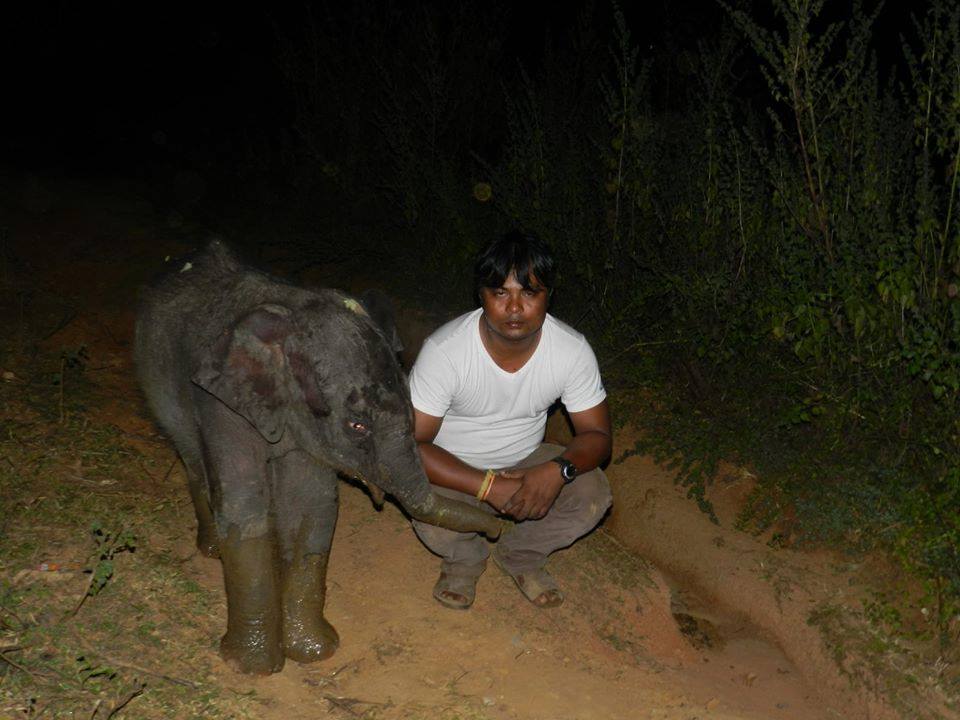

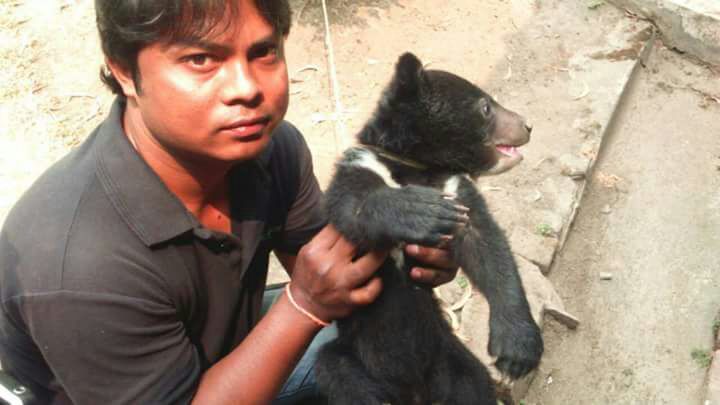
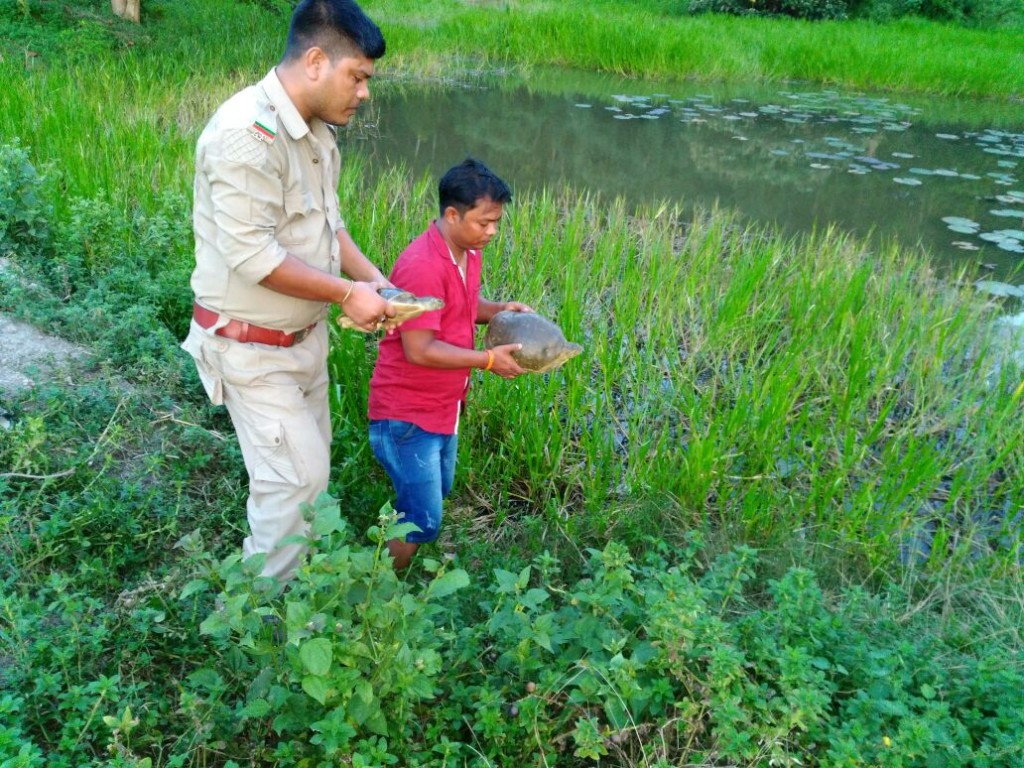
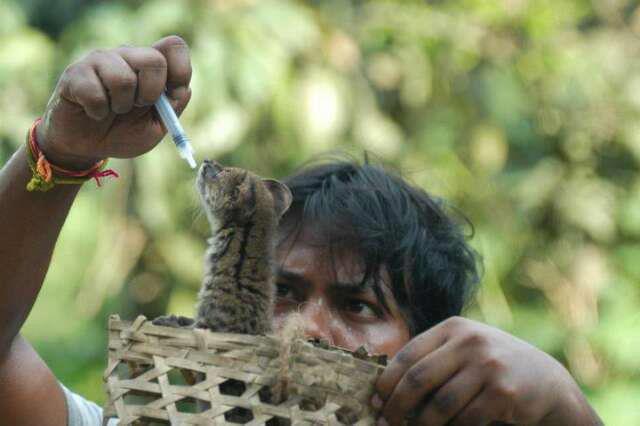
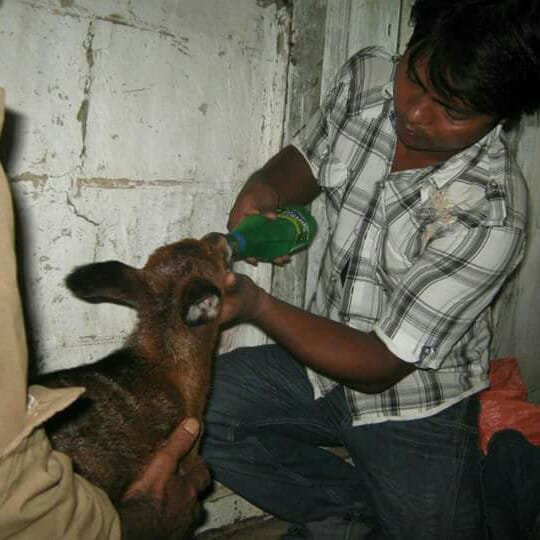
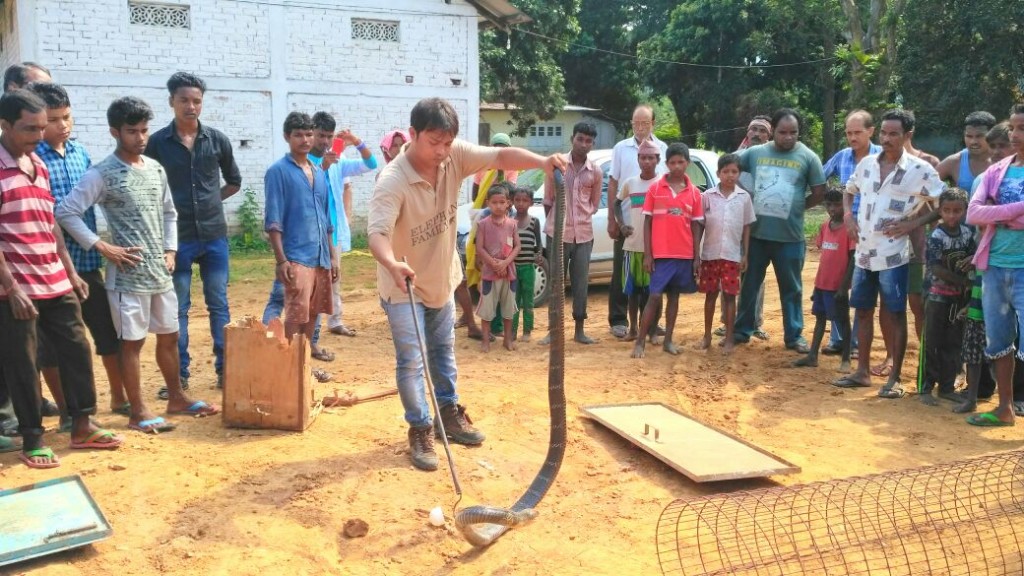
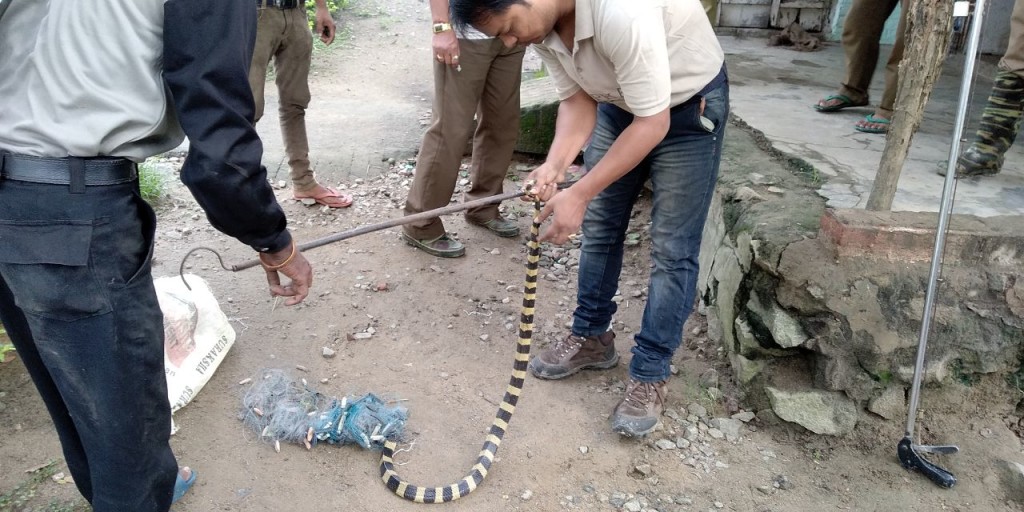
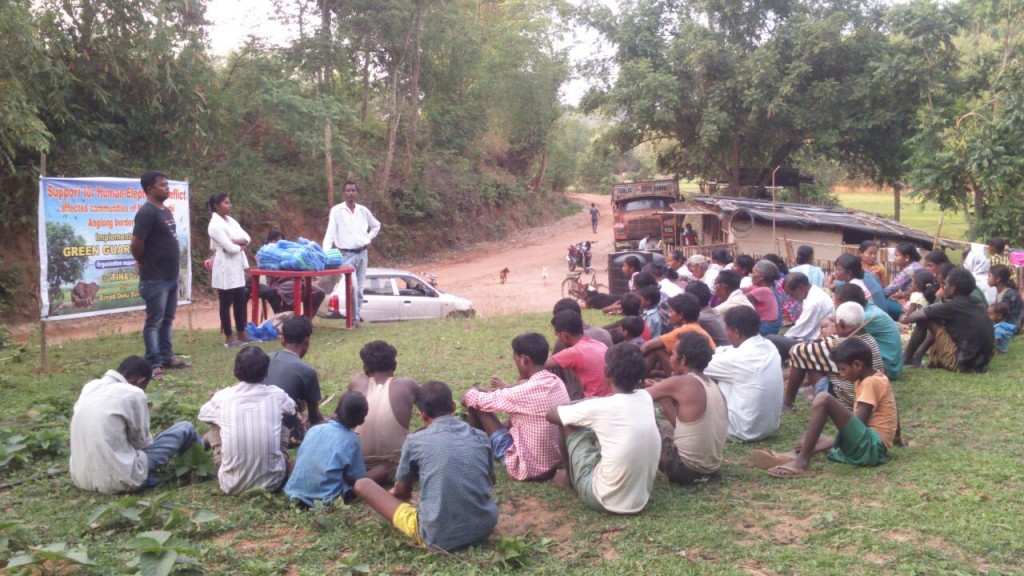
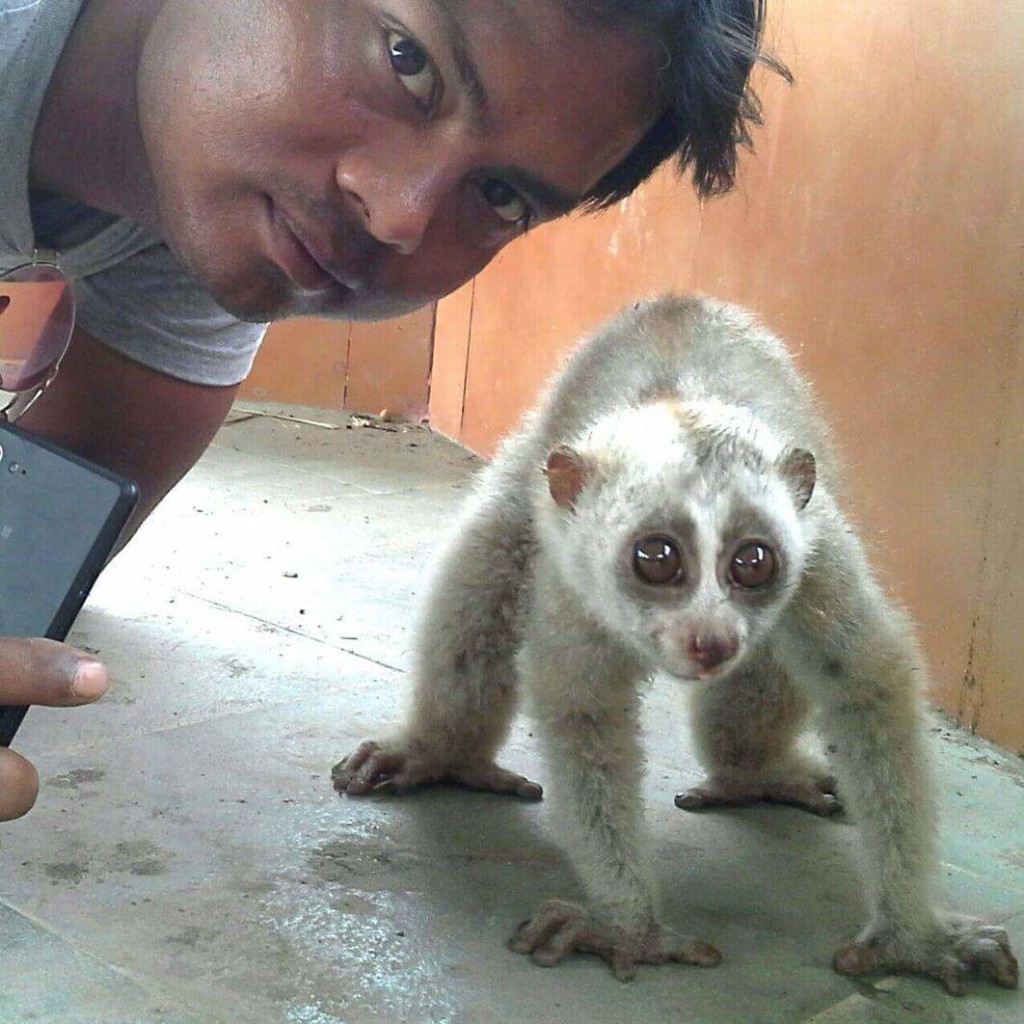
Notable web blog, Talented comments that I can tackle. Im moving forward and can apply to my current job as a cat sitter, which is very fulfilling, but I have to additional expand. Kind Regards